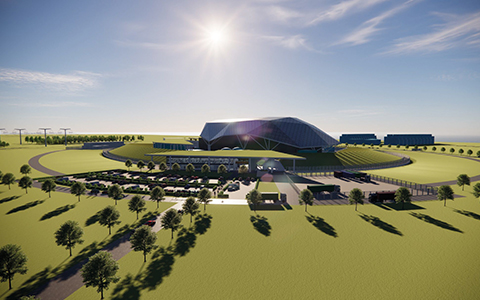The British Geological Survey (BGS) has identified eight ‘super regions’ across the UK that are ‘just right’ in terms of conditions to help drive the country’s net-zero energy ambitions.
The new research reveals areas with a subsurface composition that are ideal to potentially host multiple energy-transition technologies, such as shallow geothermal installations or critical minerals occurrences.
The areas, in Northern Ireland, the Scottish Central Belt, north-east and north west England, the South Yorkshire and Humber region, the East Midlands and East Anglia, South Wales and south-west England could potentially create an annual £40bn of investment in jobs and economic growth, the BGS predicts.
The findings provide crucial insights for decision makers looking to target further research and maximise return on investment in the pursuit of a reliable and sustainable energy future for the UK. Whilst these eight regions display many of the right geological ingredients, further investigation will be required to fully establish each region’s true potential, ensure safe deployment of each technology, and understand any environmental impact.
The subsurface has a vital role to play in the energy transition, acting as an enabler and helping deliver economic growth by providing: a sustainable heat source for geothermal energy, geological formations for secure storage of energy and carbon dioxide (CO2), rocks containing important resources for mineral extraction or suitable geological foundation conditions for onshore and offshore wind power infrastructure projects.
“These findings provide a clear and deployable roadmap for decision makers to direct resources to the areas where they can deliver the greatest impact and support the Government’s target of creating 650,000 jobs through renewable energy by 2030.” Commented Michelle Bentham, BGS chief scientist for decarbonisation and resource management.
© 2019 Perspective Publishing Privacy & Cookies






Recent Stories